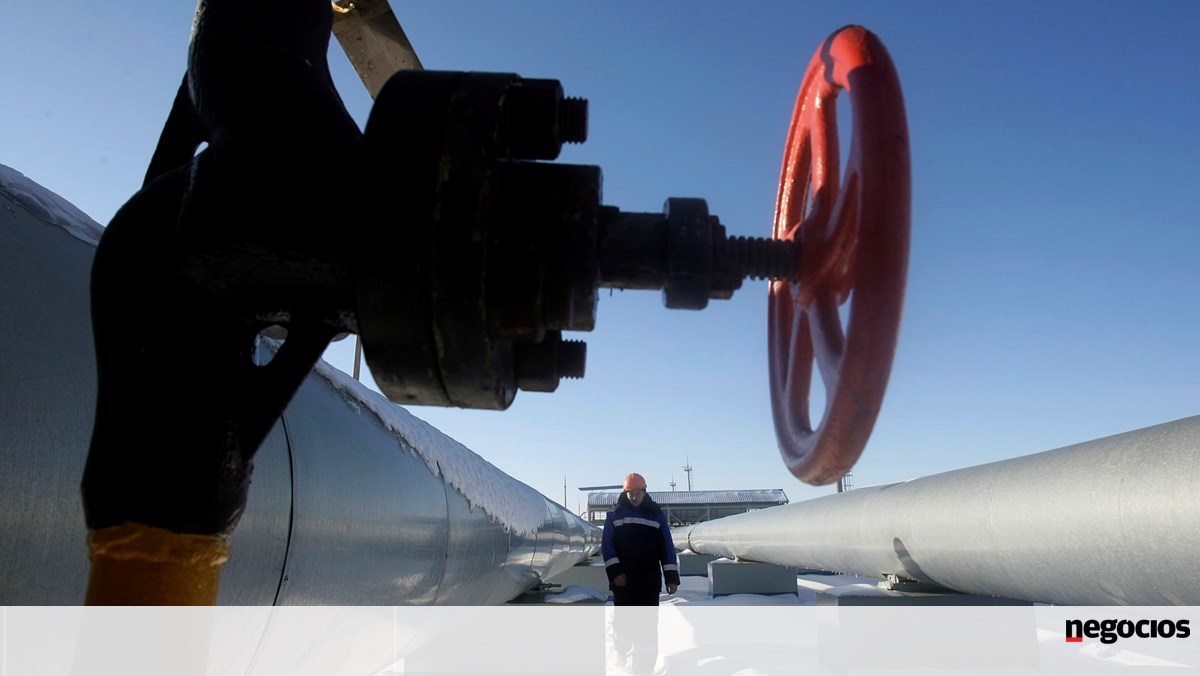Russia will maintain its position as a major energy supplier to the European Union (EU) in 2021, reveals a data update shared on Friday by Eurostat.
Overall, the average import of energy products by the EU was around 25.8 billion euros last year, a value that compares to the 22.3 billion euros average recorded in 2017.
Exploring the list of the most important energy imports, oil has the largest weight, accounting for 70.9% of the 2021 total, ahead of 16.6% of natural gas in the gaseous state. Between 2020 and 2021, there was also a decline in coal imports, with a 0.7 percentage point drop between the two years.
Russia has maintained its leadership as a major supplier of energy products to the 27-nation bloc, as it was already in 2020. Russia is clearly more important as a supplier of natural gas to the European Union than oil.
In natural gas specifically, Russian gas imports were 39.2%, down from 42% in 2020. Russia has a significant heft compared to other major natural gas suppliers, Norway and Algeria. In 2021, imports from Norway accounted for 25.1% of total energy imports from outside the EU, followed by 8.2% from Algeria. Countries such as the USA (7.3%) or the UK (6.5%) are less expressed in the list.
Eurostat notes that Russia’s dominance of oil has been more modest, also pointing to a slight decline in imports between 2020 and 2021. Last year, Russia accounted for 24.8% of total oil imports from countries outside the Bloc 27, compared to 25.7% in 2020. Even so, Russia had a significant advantage over the second largest supplier, Norway, which represented 9.4% of these imports. Countries such as the USA, Libya, Kazakhstan and Nigeria were the main remaining suppliers of “black gold”.
It should be noted that the European Union reduced the weight of Russian oil in imports between 2017 and 2021 from 30% to 26%.
Four countries in the European Union imported more than 75% of Russian oil
Eurostat also analyzes the weight of Russia’s energy imports in the various member states, although this data does not give specific percentages of Russia’s weight as an energy supplier, but rather ranges. Specifically looking at oil, last year in Bulgaria, Slovakia, Hungary and Finland more than 75% of imported oil originated in Russia.
As for natural gas, Bulgaria, the Czech Republic, Estonia, Latvia, Hungary, Austria, Romania, Slovenia, Slovakia and Finland imported more than 75% of the natural gas imported from Russia. Eurostat notes that for oil and natural gas imports, proximity to Russia was a decisive factor.
Portugal had the same range in oil and natural gas – between 0 and 25%. This information indicates that “most countries with less than 25% of Russian imports in any of the products are far from Russia.” Spain and Italy, for example, also score between 0 and 25% in both cases.

“Writer. Analyst. Avid travel maven. Devoted twitter guru. Unapologetic pop culture expert. General zombie enthusiast.”


